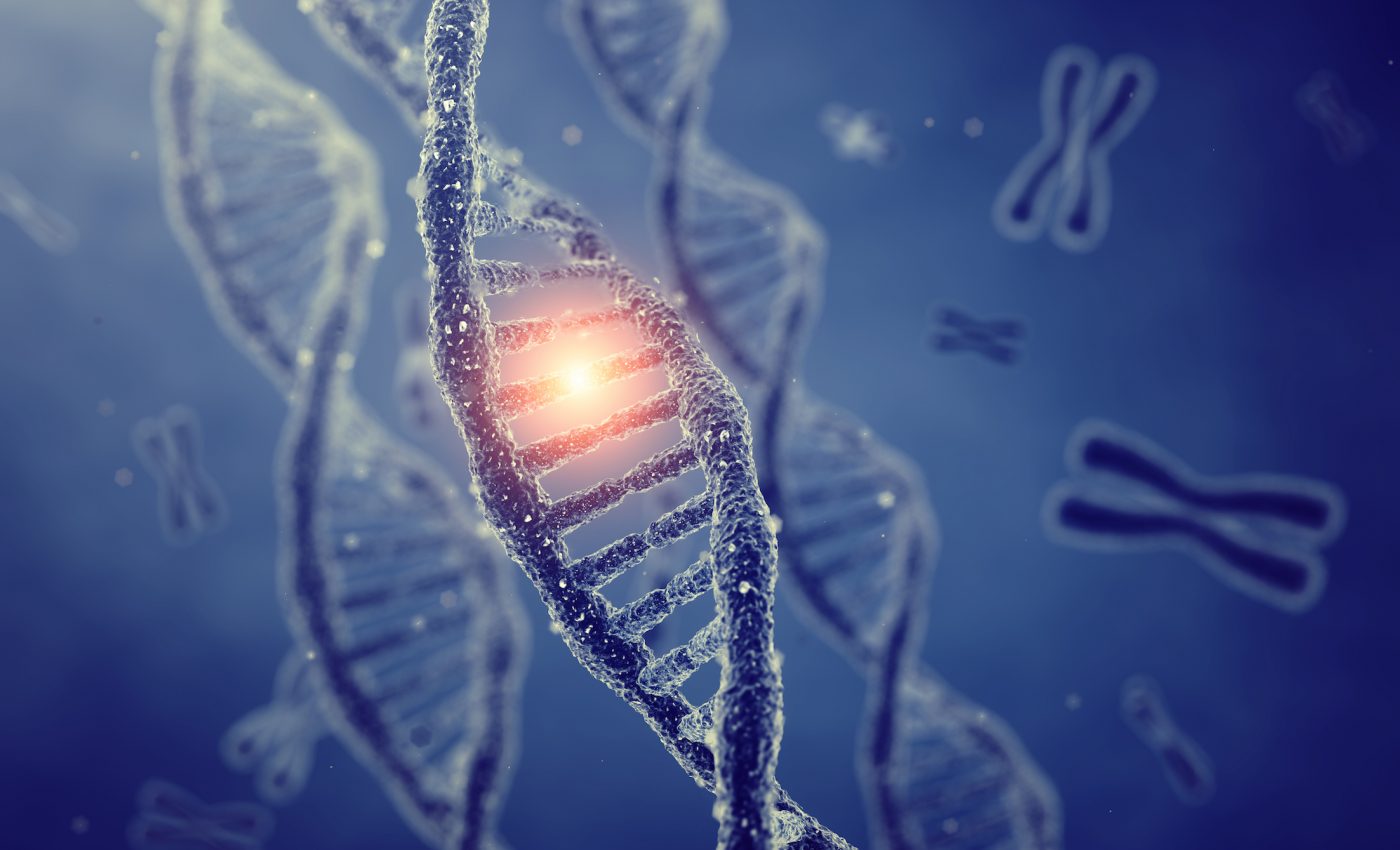
Scientists unravel the mystery of what regulates DNA replication
DNA replication was first described in the late 1950s, and scientists have been working ever since to explain just how this critical process is regulated. Researchers at Florida State University have finally solved the mystery.
Inside of cells, DNA copies itself at regular intervals. This process takes place in all living organisms, contributing to biological characteristics ranging from hair color to how the body responds to disease.
Study co-author David Gilbert is the J. Herbert Taylor Distinguished Professor of Molecular Biology. Around 60 years ago, Professor Taylor had demonstrated how different segments of chromosomes duplicate and published more than 100 papers on replication. Professor Gilbert has carried on this legacy by identifying how the replication process is regulated.
“It’s been quite a mystery,” said Professor Gilbert. “Replication seemed resilient to everything we tried to do to perturb it. We’ve described it in detail, shown it changes in different cell types and that it is disrupted in disease. But until now, we couldn’t find that final piece, the control elements or the DNA sequences that control it.”
Along with doctoral student Jiao Sima, Professor Gilbert ran close to 100 genetic mutations on DNA molecules in an effort to understand how the replication process works. According to Professor Gilbert, the team reached a point of frustration and came up with a “hail Mary” attempt.
The researchers used the highest 3D resolution available to examine a single segment of the DNA. They noticed three sequences along the DNA molecule with frequent connections, and used gene editing technology known as CRISPR to remove the three regions.
In a major breakthrough, the team discovered that these three elements together were the key to DNA replication.
“Removing these elements shifted the segment’s replication time from the very beginning to the very end of the process,” said Professor Gilbert. “This was one of those moments where just one result knocks your socks off.”
Beyond the influence on the timing of replication, the removal of the three elements caused the 3D structure of the DNA molecule to change dramatically.
“We have for the first time pinpointed specific DNA sequences in the genome that regulate chromatin structure and replication timing,” said Sima. “These results reflect one possible model of how DNA folds inside cells and how these folding patterns could impact the hereditary materials’ function.”
The study is published in the journal Cell.
—
By Chrissy Sexton, Earth.com Staff Writer












